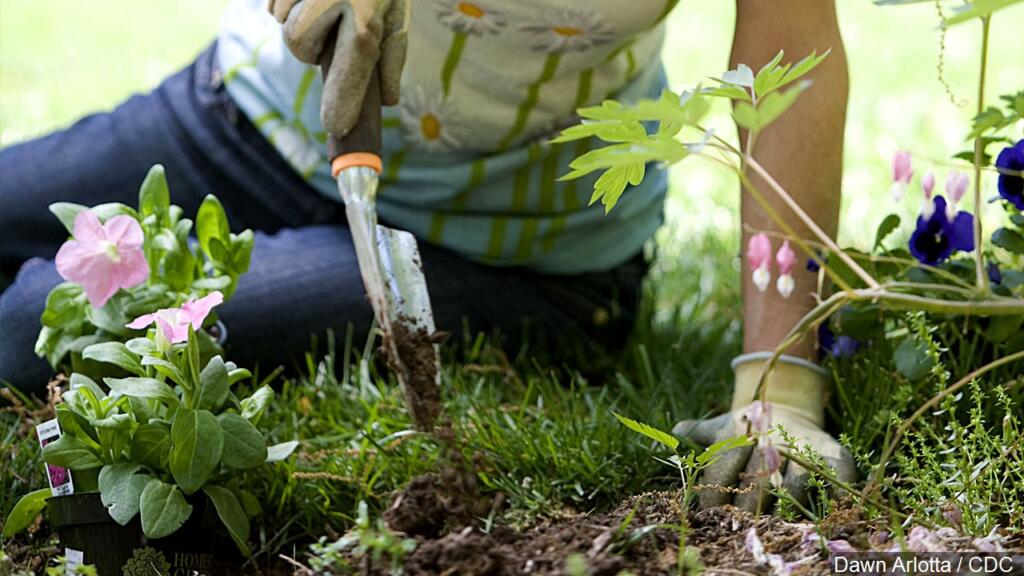
As any gardener knows, weeds are unwanted plants that compete for nutrients with the ones you’ve cultivated. In an effort to rid your garden of these nuisances, you may spend several hours weeding the front lawn of your lake house. However, before you start pulling any unintentionally grown roots, take a pause. Many plants that are considered “weeds” are actually not pesky at all. In fact, several of them have medicinal or culinary benefits in addition to aesthetic beauty. At Lake Homes Lifestyles, we’re here to help you identify which weeds to pull and which to leave alone.
Butterfly Weed
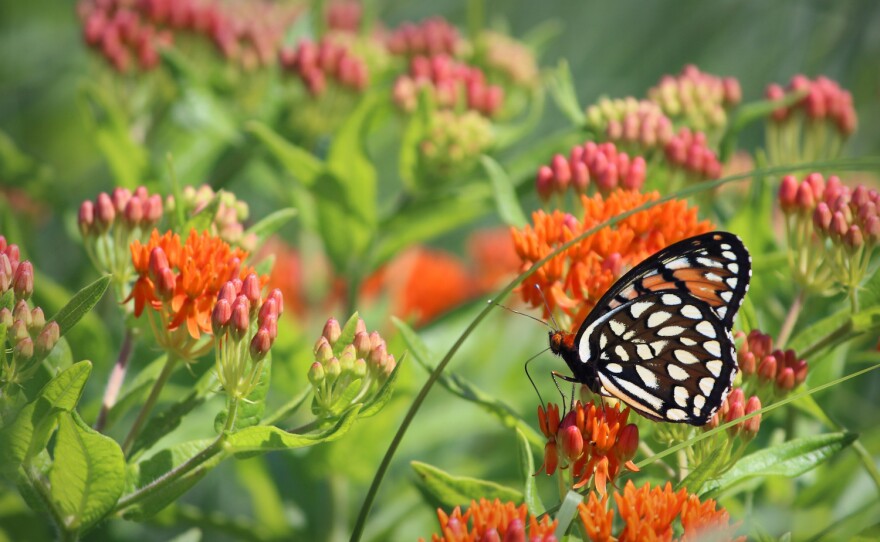
The butterfly weed earns its name by virtue of its magnetic draw to butterflies. Its bright shades of red, orange, and yellow, attract numerous pollinators as well, including bees. They’re additionally referred to as orange milkweed. Despite their lack of characteristic milky sap, they produce seed pods that release milky-tailed seeds which disperse in the wind. Frequently appearing in home gardens across zones 3-9, the butterfly weed adds an interesting pop of color to any garden.
Mountain Mint
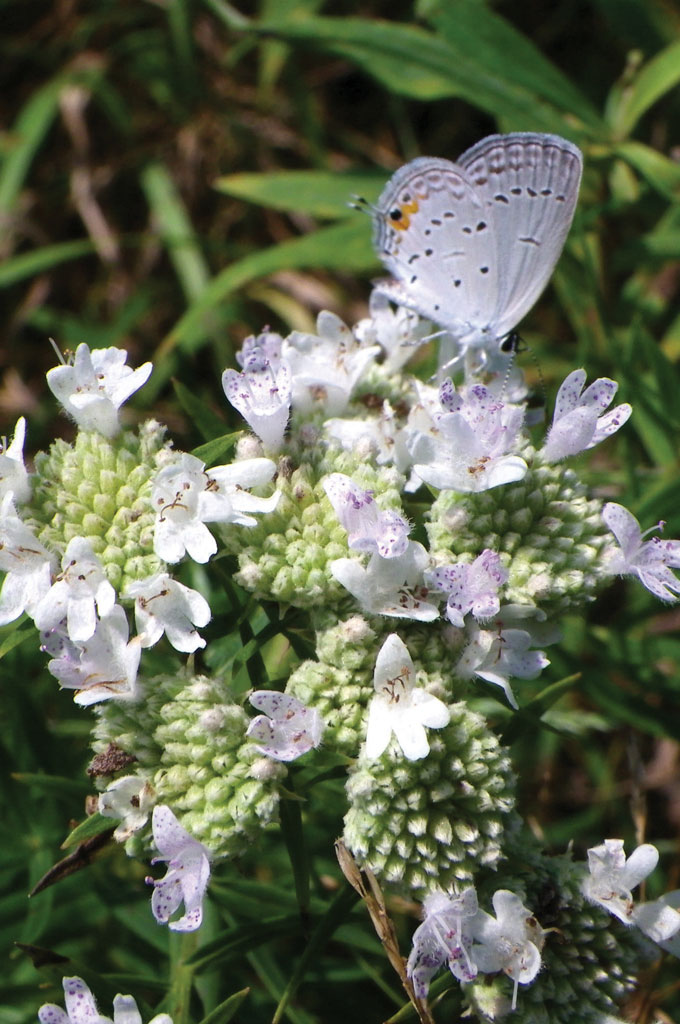
Like the butterfly weed, the mountain mint attracts many insects like bees and small butterflies. Its strong, fragrant minty scent attracts these pollinators to its nectar and pollen. Also most prevalent in zones 3-9, the mountain mint is home to a wide range of gardens across the U.S. The dainty leaves look like they’ve been dusted with powdered sugar, which embellishes any backyard with a sense of elegance.
Ironweed
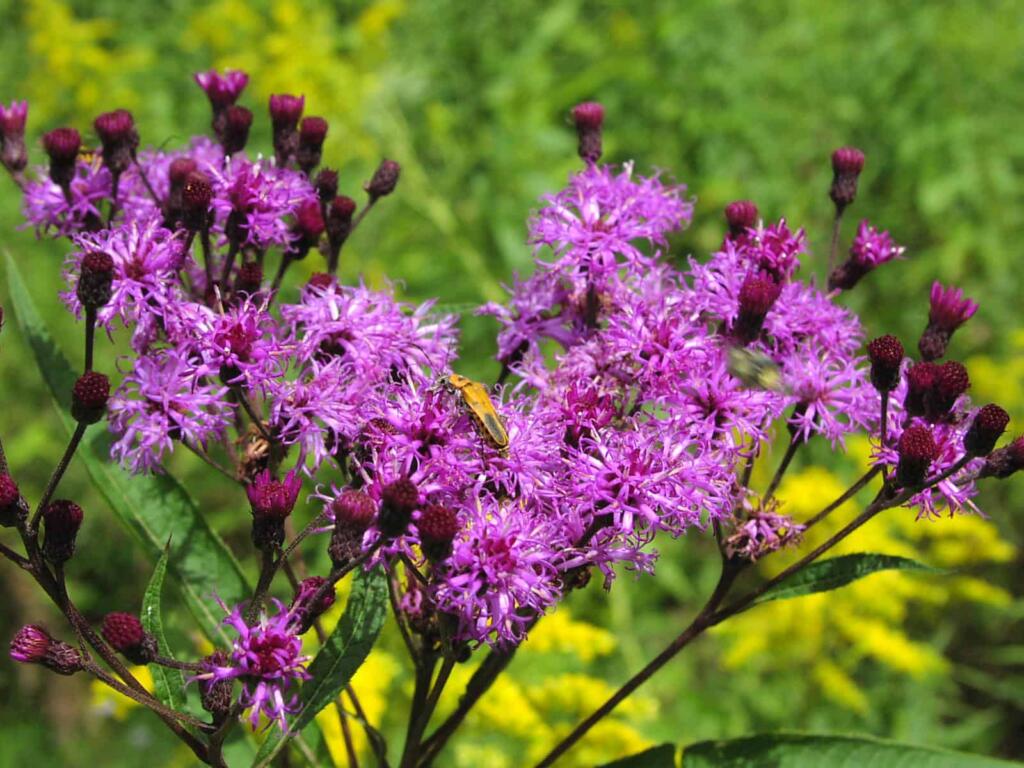
If ironweed is growing at your lake house, it’ll be hard to miss. These flowers can grow from up to 7 inches tall, showcasing brilliant purple colors in the late summer. Most prevalent in zones 5-8, ironweeds are most commonly found in prairies and other grassland areas. Prior to gaining the name ironweed, they used to be called compositae flowers because their blooms are a composite of many flower types. Upon looking closely, you can see the distinct fusion of five separate petals in one cluster.
Arnica Flowers
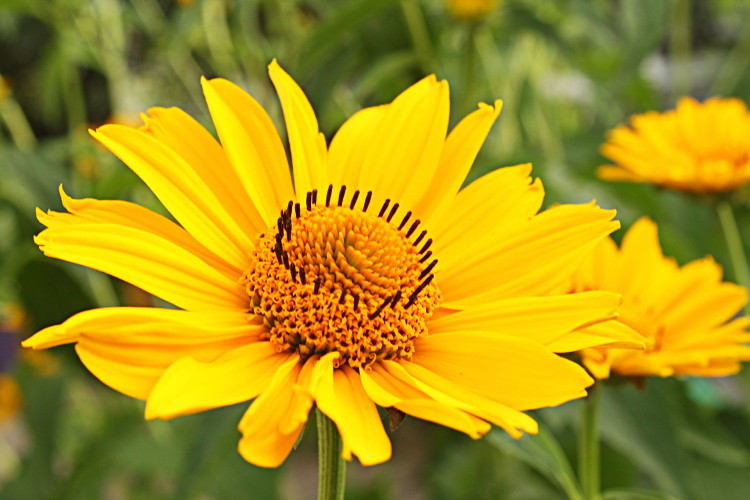
Although this flower is native to Europe, it now grows across mountainous regions of North America in zones 4-9. Also called leopard’s bane and mountain tobacco, the arnica’s large flower head, yellow coloration, and bright green oval leaves resemble a miniature sunflower. Besides its ornamental value, arnica flowers also have medicinal purposes. Although toxic when ingested, the flower can be applied topically to treat arthritis and soothe muscle pain.
Chickweed
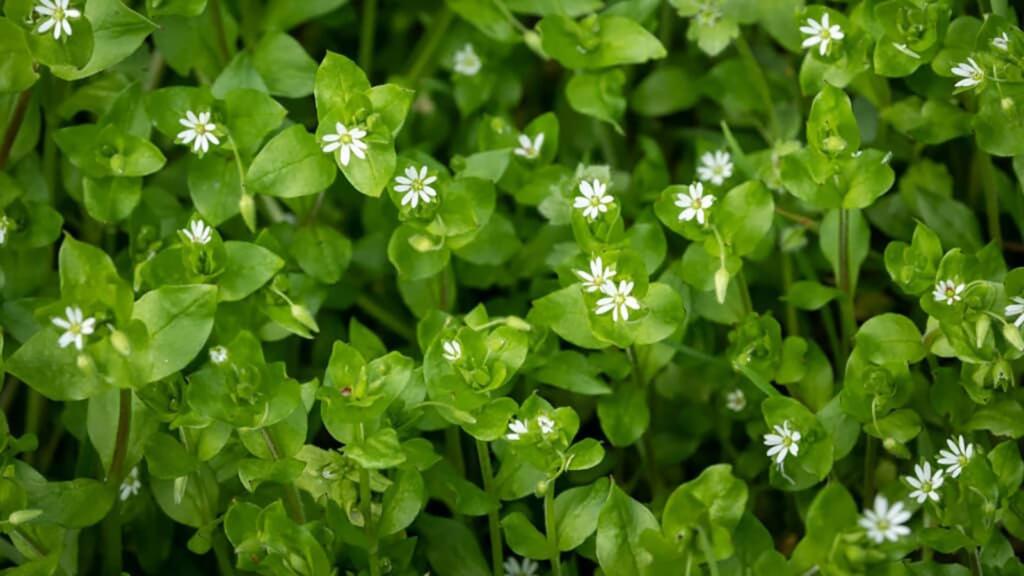
Hardy in zones 3-8, the chickweed is a low-growing groundcover plant with medicinal and culinary values. Loaded with vitamins C, D, and B complex plus calcium, iron, zinc, and other healing minerals, these tasty greens can be ground into a nutritious pesto sauce. Outside the kitchen, chickweed has both external and internal uses as an antibacterial and antihistamine agent. Specifically, can be made into a salve that is soothing for healing burns and bug bites.
Dandelion
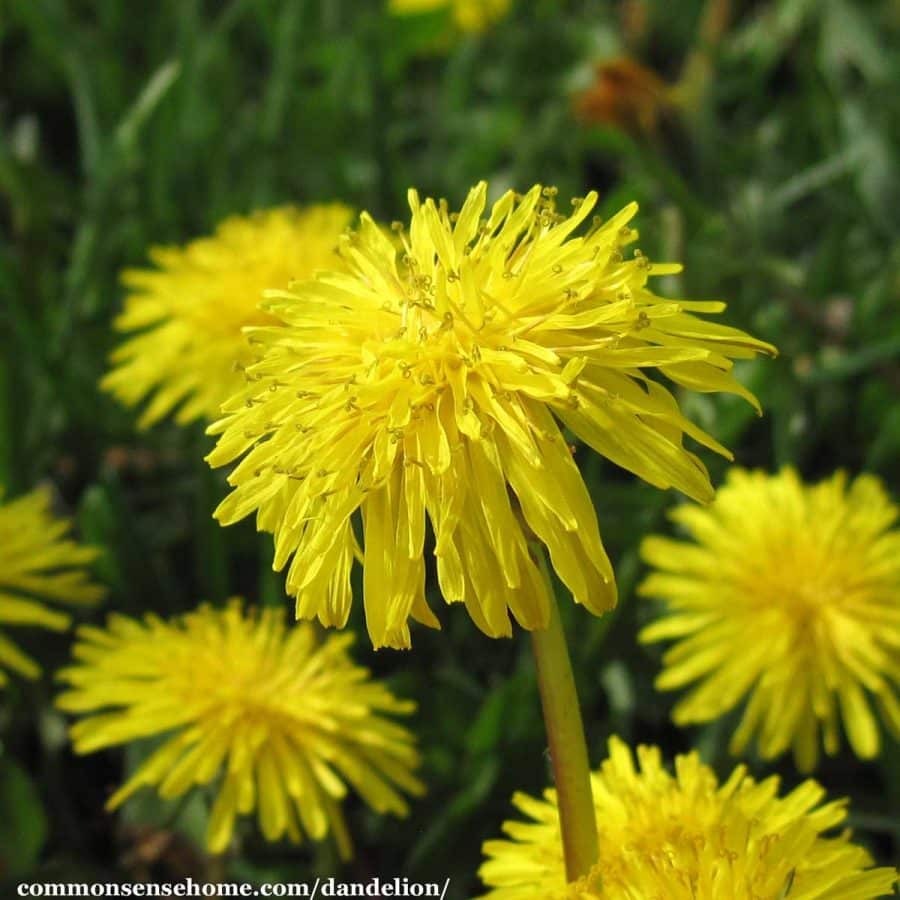
As a child, you probably made wishes on dandelions and watched their seeds scatter into the wind. But did you know that these shape-shifting flowers are one of the most useful and nutritious herbs? The dandelion has a long history of culinary and medical uses. High in nutrients, the leaves can be either boiled or eaten fresh for a rich, earthy flavor. From coffee to quesadillas, there’s no shortage of ways to use dandelion in recipes. Medicinally, dandelions have been used to treat inflammation, appendicitis, and stomach issues. Between granting wishes, flavoring food, and healing ailments, is there anything dandelions can’t do?
So, before pulling up every unwanted weed in your garden, take a moment to research the plant. Are there potential benefits — aesthetic or otherwise — that you could be missing?

